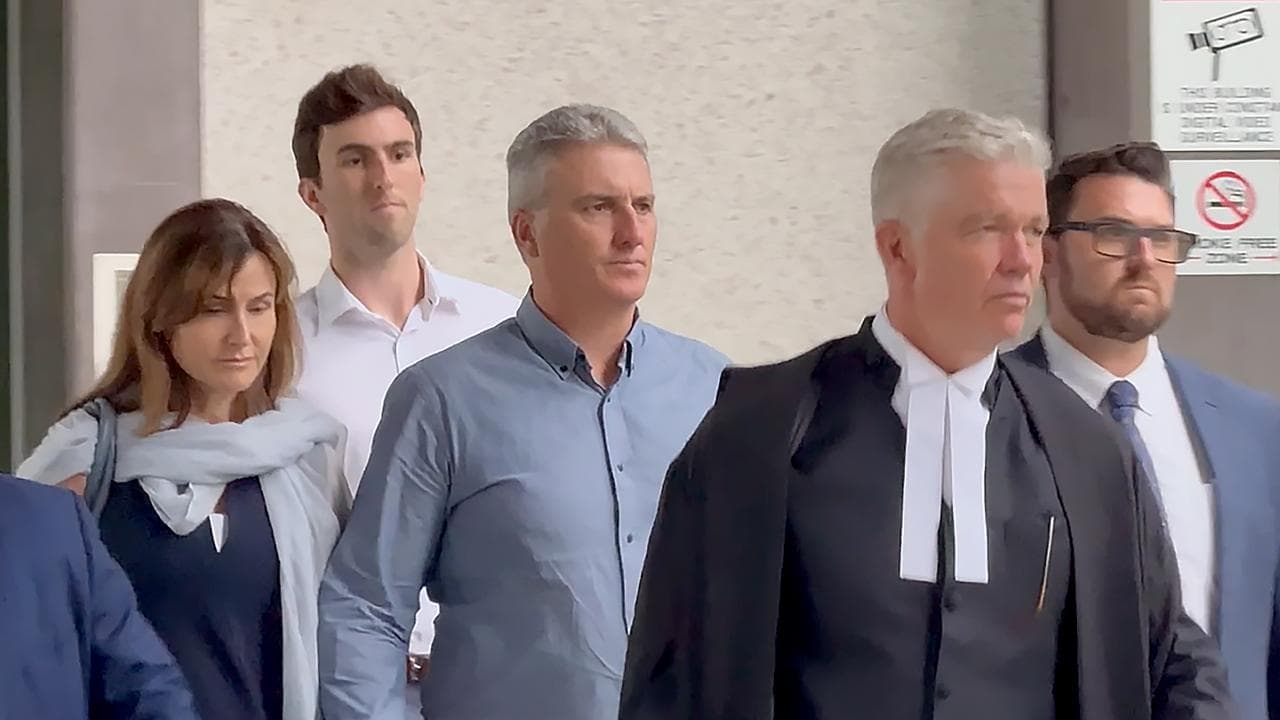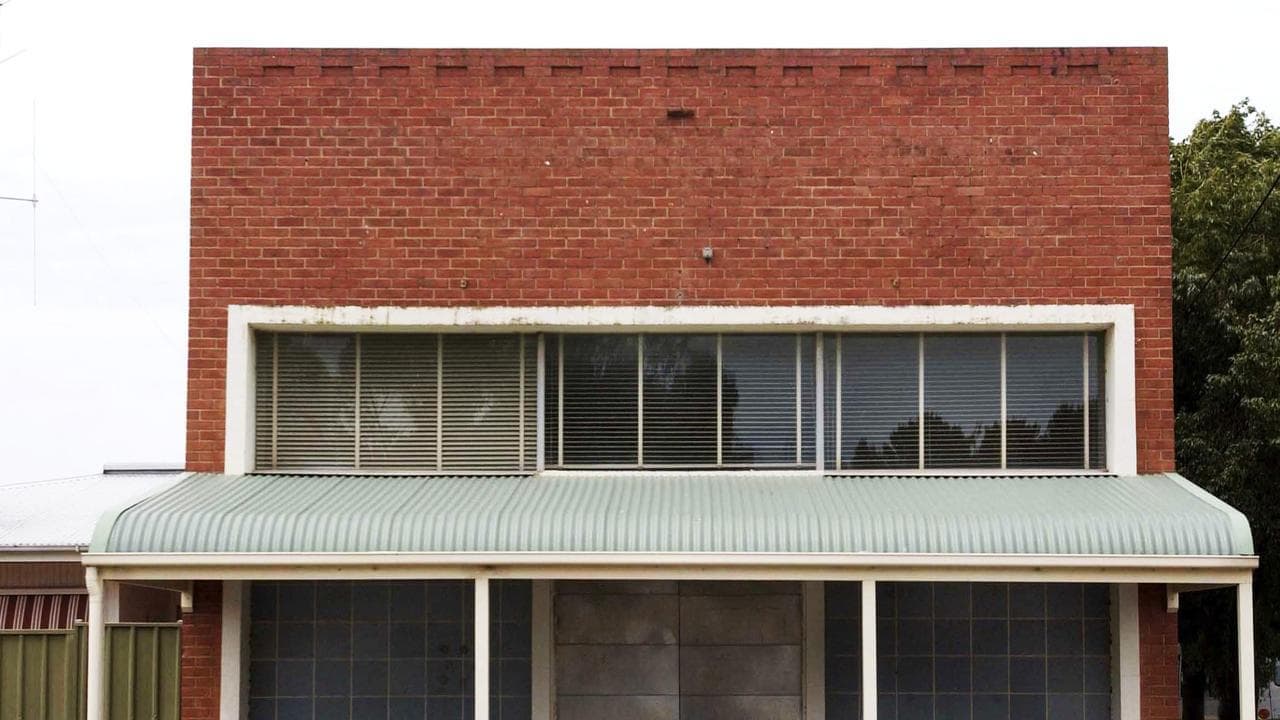WHAT WAS CLAIMED
Labor’s energy plan is renewables-only, relying entirely on weather-dependent energy.
OUR VERDICT
False. Labor’s energy policy maintains a key role for gas power generation to firm renewables up until 2050 and beyond.
AAP FACTCHECK – Peter Dutton is falsely claiming that Labor's plans for the future of the power grid rely entirely on renewable energy.
The Opposition leader has declared multiple times that Labor's "renewables-only" agenda will drive up power prices and cause blackouts.
But experts say the critique mischaracterises Labor's plan, failing to recognise a key role for fossil fuels that Energy Minister Chris Bowen has described as "life insurance".
The claim is part of the coalition's criticism of the Albanese government's focus on plans for huge investments in wind and solar power ahead of the next election.
"Labor's 'renewables only' policy continues to drive-up power prices," the Liberals' website says.
"Renewables have a role to play in our energy system. But we can't rely on weather-dependent energy alone."
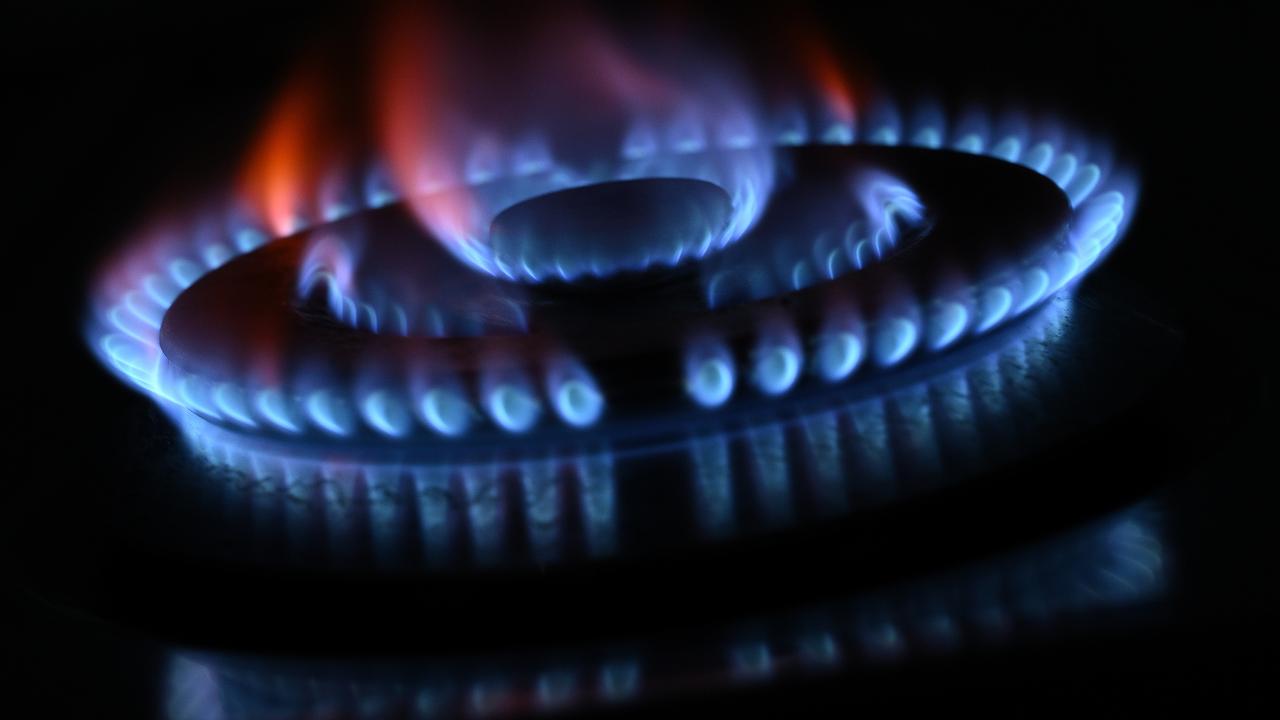
Mr Dutton has called Labor's energy plan "renewables-only" many times before, including in March, May, June, September, November and December last year.
Nationals leader David Littleproud said in January that Labor's plan was "all-renewables" – a claim he also made in 2024.
But experts say Labor's energy plan reserves a crucial role for fossil fuels up until, and even beyond, 2050 in the form of gas power, which is intended to back up renewables.
Australia will need to almost triple its electricity generation capacity by 2050 to almost 300 gigawatts (GW), the Australian Energy Market Operator (AEMO) predicts (page 7).
Of that, the operator says about 58GW of grid-scale solar, 72GW of rooftop solar, 69GW of wind, 49GW of dispatchable storage and 15GW of flexible gas generation is needed (p11-12).
Experts told AAP FactCheck gas will still play a key role and it's therefore wrong to say Labor's plan doesn't account for the intermittency of solar and wind.
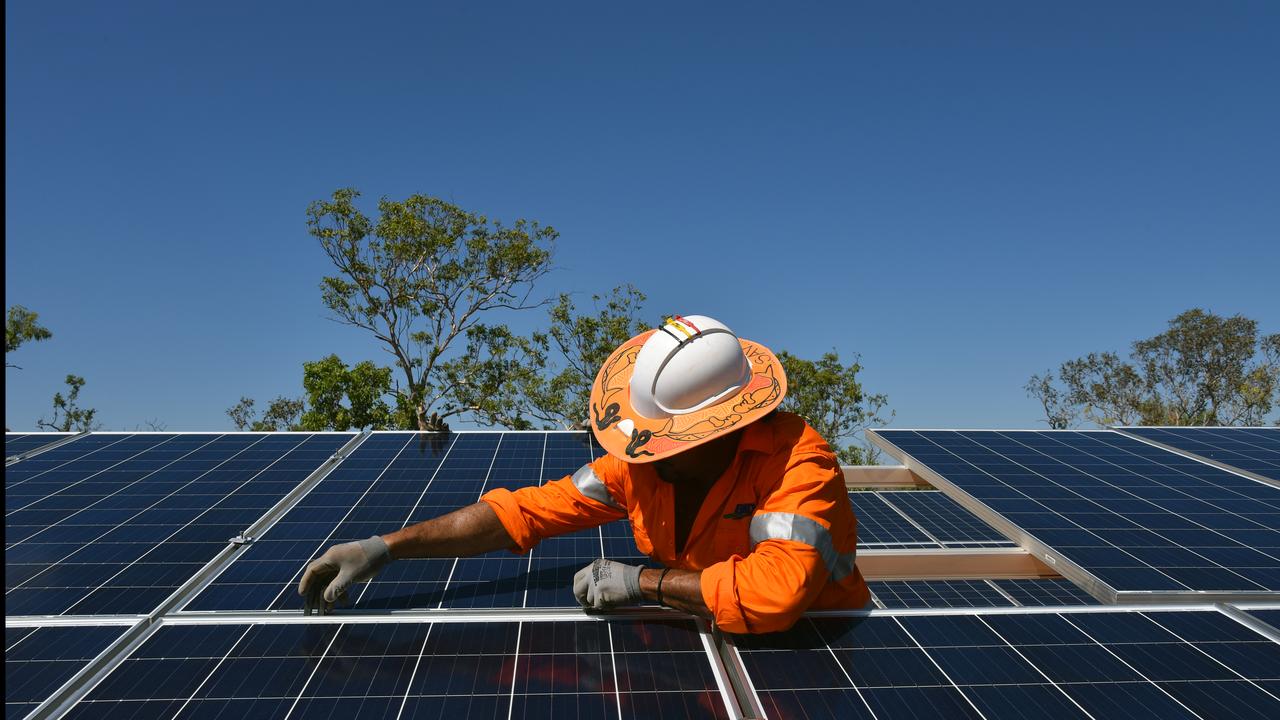
Grattan Institute energy program director Tony Wood said there's a big difference between an energy system that uses only renewables and one that expands gas-burning capacity.
The claim is wrong, he explained, because gas will fill gaps when low sun and wind levels mean renewables and storage technologies can't keep up with demand.
"It's inaccurate to say this is a 100 per cent renewables approach," he told AAP FactCheck.
The AEMO predicts gas may deliver just five per cent of its potential output, meaning it won't always be used, but Mr Wood said that when needed, gas will ensure demand is met.
"I'd describe it as a Judi Dench role," he said, "it's like having someone come on for a spot of acting in a movie, and they're really important, but it's not for very long."
Roger Dargaville, a researcher in renewable energy at Monash University, similarly described gas as a balance to renewables when power demand is high.
"Federal Labor does have a gas strategy, so to suggest there is no non-renewables policy is incorrect," Associate Professor Dargaville told AAP FactCheck. Labor's Future Gas Strategy uses data from the AEMO to graph the ongoing role for the fossil fuel to 2050, forecasting a small role for gas as a proportion of the overall grid.
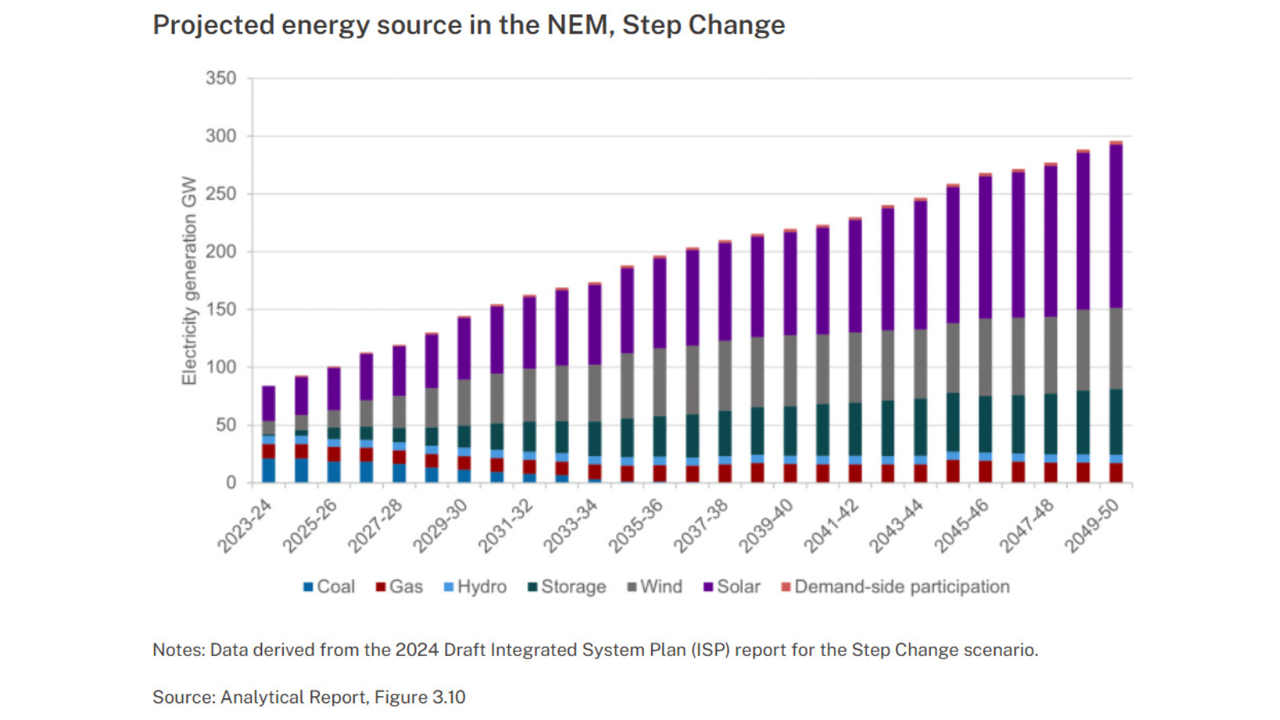
Alternative modelling in the AEMO's Integrated System Plan (p70) shows gas will play a larger role at specific times.
Thomas Longden, a senior researcher at Western Sydney University, said official analysis outlines a much larger role for gas during "renewable droughts", when solar generation falls as demand for heating rises.
"If you look at one graph, the wedge [for gas] is small, but if you look at another when there's [renewable] drought conditions, the role becomes quite substantial," he told AAP FactCheck.
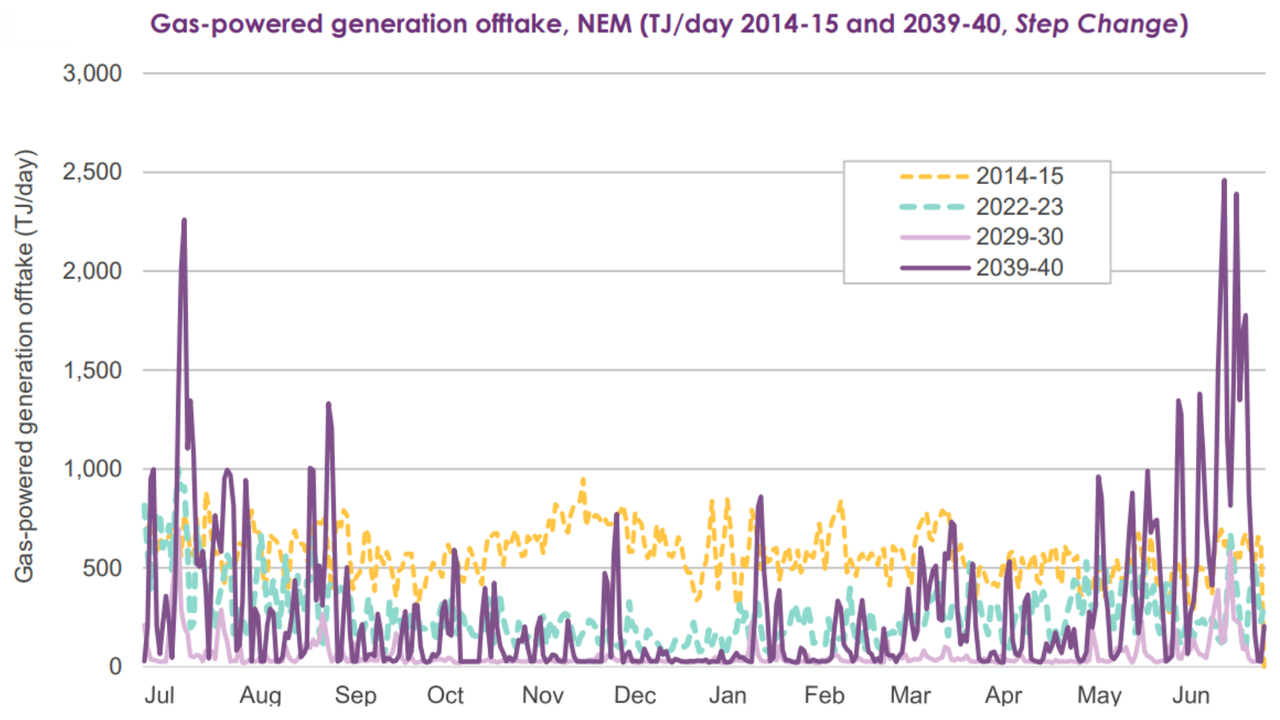
Dr Longden said that gas is seen as an intermediate option, without a breakthrough in other technologies such as battery storage.
"It will never be all renewables because we'll have a balance and there's a lot of hard work going into what happens on days when we have these sorts of drought conditions," he said. The market operator itself has outlined an "important role" for gas during renewable droughts.
In its system plan (p70), the AEMO says: "Renewable energy yields are generally lower in winter, with shorter days affecting solar generators in particular.
"As a backup reserve … gas generation is forecast to increasingly provide flexible operation."

Victoria University's Bruce Mountain said Labor has shown a preference for gas to deal with renewables' variability.
He said Mr Dutton's claims are presumably designed to draw a distinction to the coalition's energy plan, which envisages a larger role for baseload power in the form of nuclear energy to complement gas as coal power goes offline.
The AEMO's "Progressive Change" scenario (p9-10), which the coalition prefers, envisages coal power stations will stay online until the late 2040s, compared to the late 2030s under Labor's preferred "Step Change".
But Professor Mountain pointed out that Labor's plan still accounts for the variability of renewables, even if gas is slated to be a small part of overall power generation by 2050.
"I don't think it's right to infer that the government's policy on the variability of wind and solar is not accounted for; they do envisage more gas generation," he said.
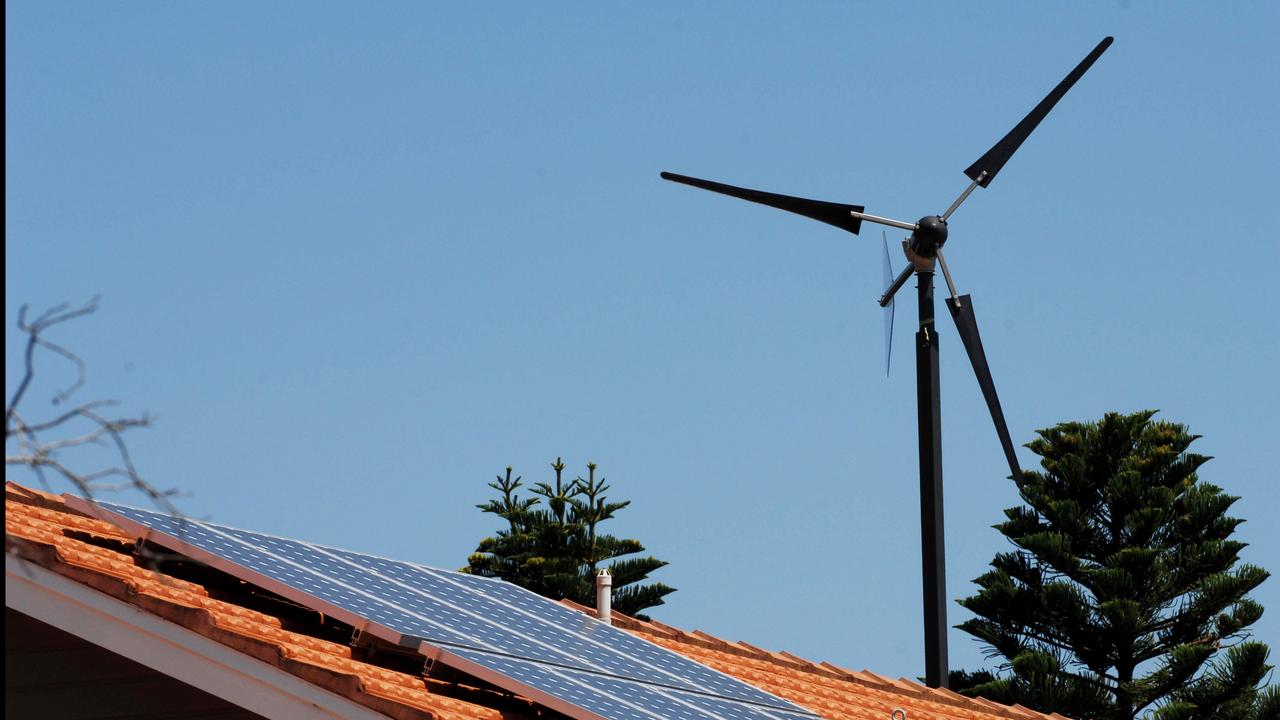
From the point of view of short-term peaks, Prof Mountain said gas will continue to play an important role in the energy system, even as it shrinks as a proportion of total generation. "There will be the [gas] power stations available, but not an expansion of energy production from gas," he said.
The University of Technology Sydney's Chris Briggs said while gas has a role in current plans, it could be displaced if batteries become cheaper to deploy at scale.
Additionally, households and businesses could shift when they use the bulk of their electricity to times when renewable energy is most readily available, reducing the need for gas firming.
"We could end up with a renewables-only system in the coming decades with smarter technology and development," Dr Briggs told AAP FactCheck.
AAP FactCheck is an accredited member of the International Fact-Checking Network. To keep up with our latest fact checks, follow us on Facebook, Twitter and Instagram.









